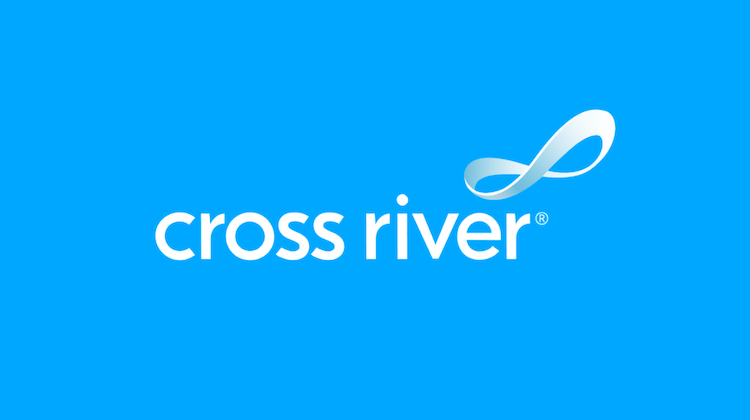Payments
Why Cross River Bank and Mastercard are collaborating on cardless ATM access
- A partnership between Cross River Bank and Mastercard brings cardless ATM access to people, whether they can't access their physical debit cards or they're part of the 20 percent of U.S. citizens that are underbanked
- Mobile is more than just a channel, it’s the thing that’s guiding both financial incumbents and consumers alike through the shift from physical to digital banking








